Try These Tactics, Too.
1) Know exactly whom you want to approach at the event, and be sure to establish specific goals for what you want to get out of conversations with each person.
2) Build confidence for starting conversations by striking up discussions with other lone attendees (if you’ve come alone, that is).
3) Do your homework and look into the event’s history so you can ask smart questions and show up like an informed group member.
4) If you see someone you really admire, don’t approach him or her as a fawning fan; instead, present yourself as the confident peer you are – or seek to become – by offering a relevant, stimulating conversation-starter. Think through these starters as part of your preparation process.
5) In the event a conversation loses steam, casually cue whomever you’re speaking with to tell you more about themselves. They’ll be pleasantly surprised by your interest because most people just aren’t.
6) Listen carefully for opportunities to demonstrate your ability to help the person you’re speaking with in some way and move the discussion toward that topic. This is where connections are made, and you’ll know when you’re connecting.
7) If the conversation’s going nowhere or you simply cannot develop rapport, end the conversation gracefully and move on quickly to your next target.
8) Regardless of the quality of the conversation, spend no more than 5 to 10 minutes with an individual if you want to get the most out of the opportunity presented by the event.
9) Finally, go to school on body language. Sometimes people don’t tell the truth, but their bodies never lie. If you understand how to interpret non-verbal communication you’ll be ahead of the game. Check out, “What Every Body Is Saying” by former FBI interrogation expert, Joe Navarro. Read it before your next networking event!
After the Event
So, the event was a success and you made some great new connections. If that’s all that happens you really haven’t done much to build your network or your personal brand at all. Quality follow-up is critical. Don’t rest on your laurels and think that people will get in touch with you after the event even if they say they will. Seize control of the opportunity and be sure to get their card so you can maintain control of communication and follow up with them later. Follow up in any way that’s effective, whether that’s by email, through social media, or with a good old-fashioned phone call. If you really want to separate yourself for the pack, send them a hand-written note. And, include something of value to them in your follow-up communication.
The whole point of doing this work is to build a network of enduring, mutually beneficial relationships. There are any number of ways a strong network can benefit you and your career. Just remember, building your personal brand is not about expanding the circle of people you know, it’s about expanding the circle of people who know you.







